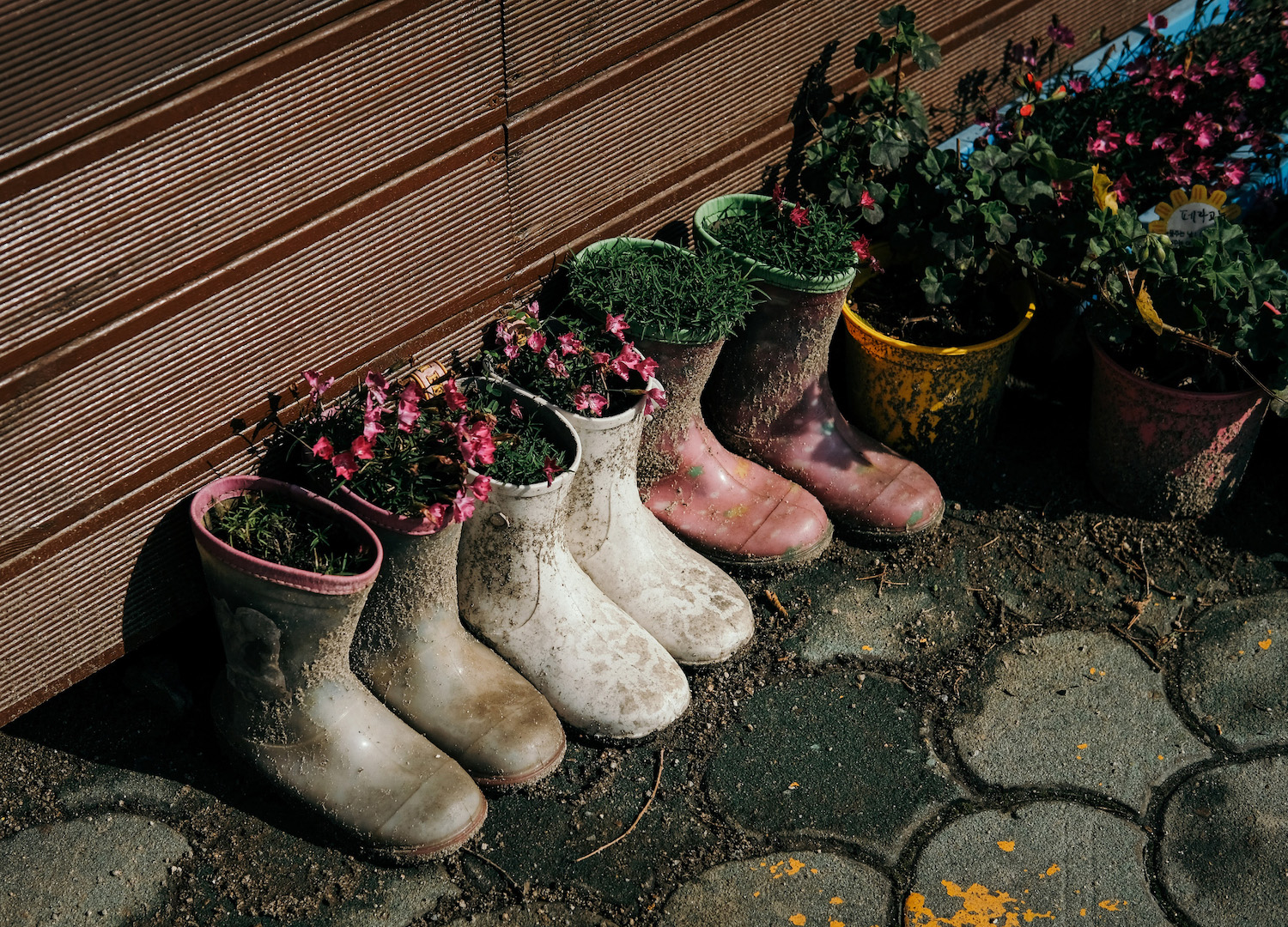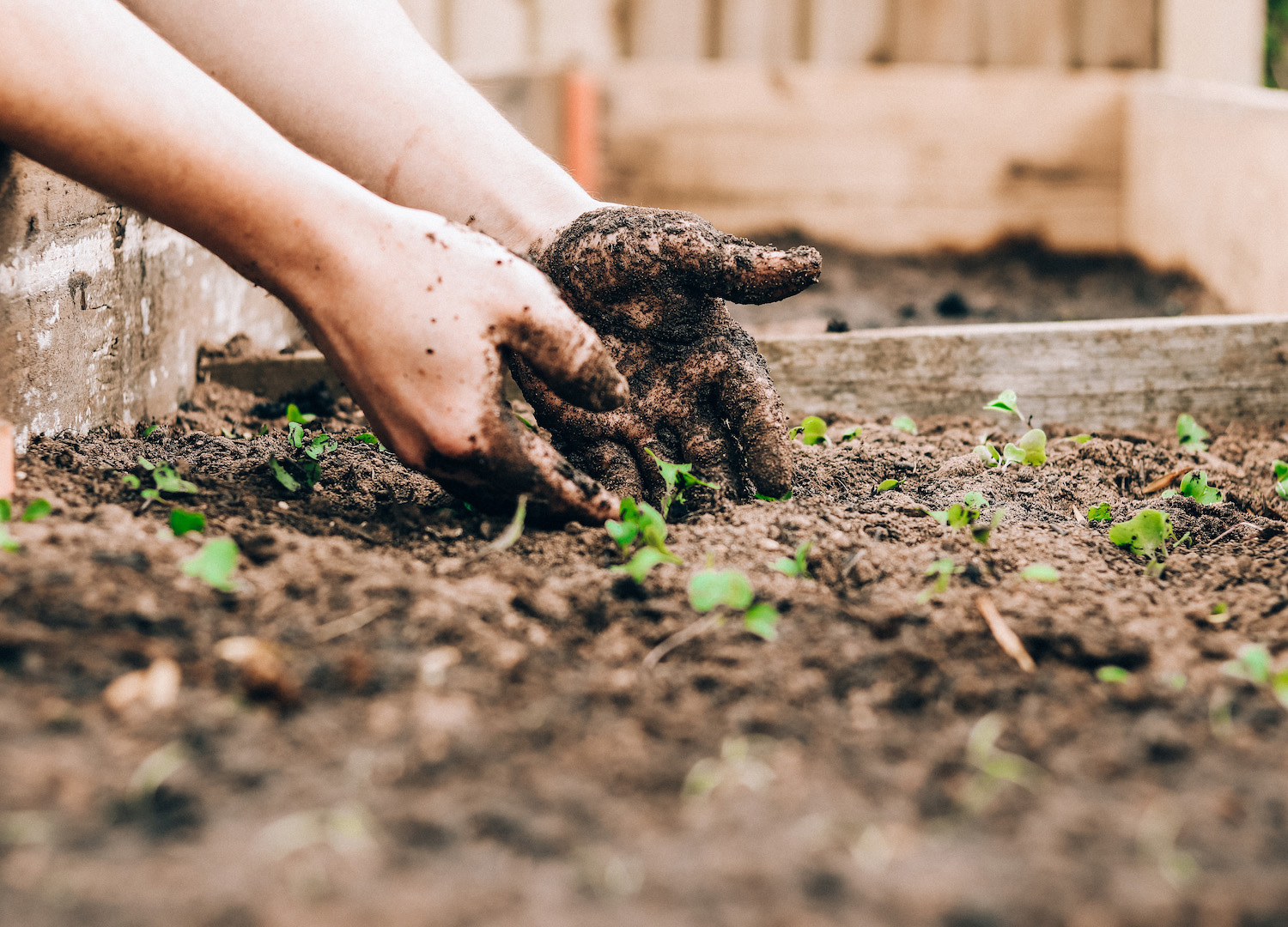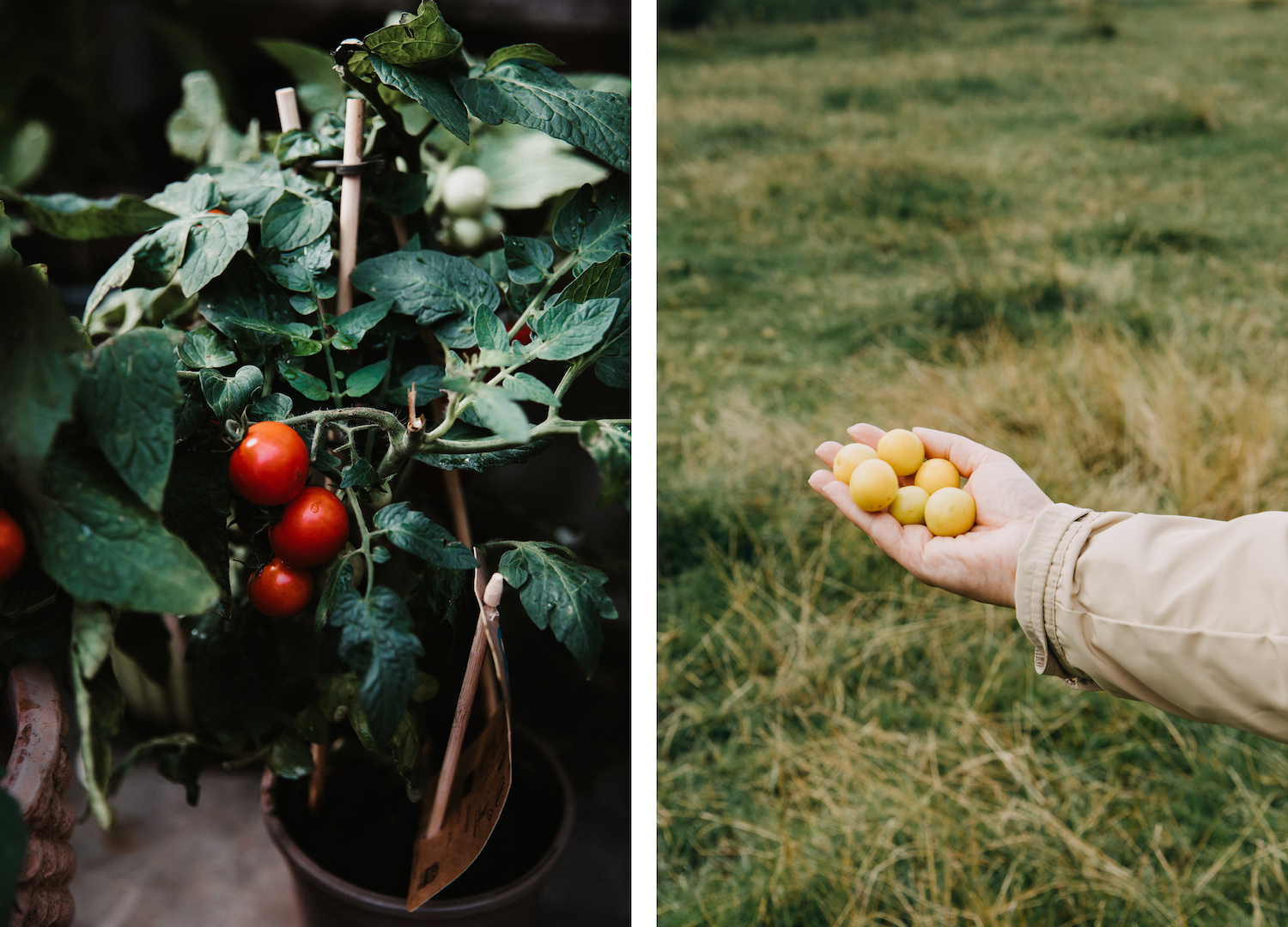
10 Things I’ve Learned From 10 Years of Gardening in Rentals
words JESSICA PENNY photos UNSPLASH
It’s a dog-eat-dog world in the rental market. House prices keep rising as green spaces shrink away. So how does your garden grow? Here’s one green thumb’s top tips for toiling the soil and the soul through it all.
Nearly a decade ago, I left my coastal hometown for a rundown shopfront in inner-city Melbourne. It was there that I first experienced black mould, impromptu house parties and the instability of renting – after just six months of calling the shopfront home, I received notice that the building was to be bulldozed.
It was also there, however, through a pot of parsley on the doorstep, that I discovered the joys of gardening. For 10 years it has given me consistency and comfort as I moved between rentals, allowing me to put down literal roots and make any house, my home. Finding this sense of security in a time when house prices are forcing Australians to rent for longer is crucial.
For 10 years it has given me consistency and comfort as I moved between rentals, allowing me to put down literal roots and make any house, my home.
Of course, gardening in a rental is not always as straightforward as a trip to Bunnings and an afternoon working bee. There are tenancy agreements to read, landlords to charm and the threat of eviction to be wary of. Here are 10 things I’ve learned from 10 years of gardening in rentals.
ONE // CHECK IN WITH YOUR LANDLORD
I once ripped up the lawn of a rental and turned it into a food forest complete with chickens and a beehive. While my housemates and I were delighted to forage on our urban farm, our landlord was not… One morning we woke up to him mowing over all our hard work.
Don’t make my mistake! Before getting stuck into executing your grand garden plans, speak to your landlord – it will save you trouble down the line. It’s also a good idea to know the rules as outlined by both Consumer Affairs and your tenancy agreement. In Victoria, for example, rental laws state that a landlord cannot refuse permission for a vegetable or herb garden without a good reason. In my personal experience, lease agreements – for the most part at least – allow changes to the garden if it is returned to its prior state before moving out. Take photos when you first move in and include them in your condition report, and weed out inappropriate living situations and landlords by stating your intentions for the garden in a cover letter included with your rental application.
TWO // PLANT WHAT YOU’LL NEED MOST
Time, space and money are not often on your side when gardening in a rental. Direct your energy towards the plants you love and will use the most. Herbs and leafy greens are a great place to start as they are hard to kill, easy to grow in pots and ludicrously expensive at supermarkets. My go-to plants at a new house are silverbeet, Tuscan kale, cos lettuce, rocket, mint and parsley.
THREE // YOU DON’T NEED TO DIG
No-dig gardening involves layering organic matter on top of lawn or depleted soil to create a speedy and nutrient-rich garden bed. The low-impact nature of this type of gardening makes it perfect for the renters among us: when you move out, just pull out the plants and scatter the soil, feeding the lawn below.
FOUR // BYO COMPOST
Cut down on the plastic and cost associated with store-bought fertiliser by making your own compost! I like to establish a compost system as soon as I move into a new place. In an apartment, this might be a worm farm or a Bokashi bin. In houses with a backyard, it could be a tumbler found on Gumtree or an open compost heap. Composting not only diverts food waste from landfill but sets you up for your next garden project; when you move, you can take your ready-made compost with you!
FIVE // MAKE A MOVEABLE GARDEN
Growing in pots or planter boxes allows you to chase the sun when charting unfamiliar territories. It also means that you can take your cherished plants with you should you have to move again. That said, pots can be a bit of an investment. Cut costs by making your own from Styrofoam boxes or trying a no-dig technique.
SIX // EMBRACE UPCYCLING
Op-shops, garage sales, Facebook Marketplace and hard rubbish days are all great sources for gardening supplies – you just need to get creative. Grow potatoes in hessian coffee sacks, use an old wheelbarrow as a garden bed or stake beans on a cast-iron bedhead!
SEVEN // TAKE A CREATIVE APPROACH TO SPACE
I once spent a summer enjoying pesto made with basil grown exclusively on my bedroom windowsill! You don’t need a huge backyard or a conventional veggie patch to grow your own food – think vertically, hang some pots or bring your growing indoors.
EIGHT // GET TO KNOW YOUR NEIGHBOURS
Befriending the neighbours can be daunting but the rewards are often bountiful – shared knowledge, skills and resources. Through neighbourly connections, I have been gifted surplus mulch, had seeds passed over the back fence and traded kale for oranges. Don’t forget to connect with your local community online too. Some suburbs have Facebook groups or newsletters where neighbours offer everything from friendly advice to kombucha scoby.
NINE // JOIN A COMMUNITY GARDEN
You might also want to consider joining a community garden. They are a great place to meet new people, spend time in nature, learn from others and, of course, keep on gardening regardless of your housing sitch. Take a walk around your neighbourhood or check out this map to find your closest community garden.
TEN // GARDENING IS ALWAYS WORTH IT
At the end of the day, and while I do recommend considering the inevitable end of your lease when planning your backyard budget, I want to assure you that the hard work and expenses associated with gardening are well worth it! Gardening is great for your mental and physical health and it encourages you to connect with nature daily. It’s also great for your pocket in the long-term – growing your own food can save you money and strengthen food security.
Besides, there is nothing quite as satisfying as cooking with fresh produce grown in your backyard: once you bite into a homegrown tomato, you’ll never go back!




